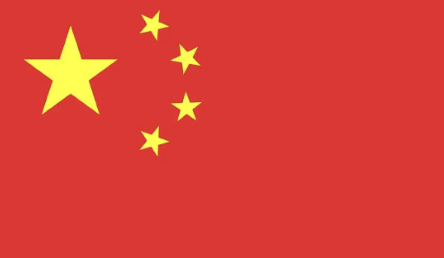Hey there, my friend! Let’s dive deeper into the narrative of the Shang Dynasty, one of the earliest dynasties in Chinese history, with a focus on key figures and events that shaped its rise and fall.
The Founding of the Shang Dynasty
The story begins with Qi, born from Jian Di, a woman of the You tribe, who was said to have swallowed an egg dropped by a black bird, leading to her pregnancy and Qi’s birth. Qi, growing up, played a significant role in assisting Yu the Great in controlling the floods. Recognizing his contributions, Emperor Shun appointed Qi as the Minister of Education, emphasizing the importance of the Five Teachings, which were fundamental to societal harmony.
The Lineage and Early Kings
Following Qi, the narrative outlines a succession of rulers, each taking the throne upon the predecessor’s death. This includes figures like Shang Ming, Xiang Tu, and Chang Ru, among others, who continued the legacy of the Shang Dynasty. Each ruler contributed to the stability and prosperity of the dynasty in their own right.
King Tang and the expansion of the Shang Dynasty
King Tang, also known as Cheng Tang, is a pivotal figure in this history. He moved the capital to Bo and began to consolidate power, addressing the issue of the feudal lord Ge Bo, who neglected his duties. King Tang’s wisdom and the guidance of his advisor, Yi Yin, who started as a cook but rose to become a key advisor, played a significant role in the expansion and governance of the Shang Dynasty.
The wisdom of King Tang
King Tang’s approach to leadership was encapsulated in his famous words, “Just as one can see one’s reflection in water, one can understand the governance of the people.” This philosophy, along with Yi Yin’s advice to listen and progress, helped to establish a just and orderly state.
The Downfall and the Rise of a New Order
However, the story takes a dark turn with the reign of King Zhou, also known as King Zhu of Shang. Despite his initial promise, King Zhou’s rule was marked by tyranny and indulgence. His love for Daji, the concubine, and his disregard for the welfare of his people led to widespread discontent.
King Zhou’s reign saw the construction of extravagant palaces, heavy taxation, and the execution of wise counselors like Bi Gan, who dared to speak against the king’s excesses. His refusal to heed advice and his cruel punishments, such as the execution of the noble Jiu Hou and his family, further alienated his subjects and the feudal lords.
The Rise of the Zhou Dynasty
The narrative culminates in the rise of King Wu of Zhou, who rallied the feudal lords against the Shang Dynasty. The Battle of Muye resulted in the defeat of King Zhou’s forces, leading to his suicide by fire on the Deer Terrace. King Wu’s victory marked the end of the Shang Dynasty and the beginning of the Zhou Dynasty.
Legacy and reflection
The story of the Shang Dynasty serves as a historical mirror, reflecting the consequences of tyranny and the importance of just rule. It is a reminder of the cyclical nature of power, where the rise and fall of dynasties are often determined by the virtue and wisdom of their rulers.
This detailed recount of the Shang Dynasty provides a richer understanding of the events and figures that shaped one of the most significant periods in Chinese history. It’s a story of the human condition, of power and its potential for both good and ill, and of the enduring lessons that history offers us.
Phoenix Lee https://chinese-tradition.com/shang-dynasty-rise-reign-and-reckoning.html

